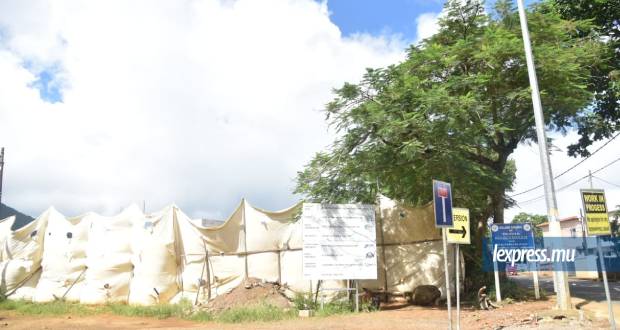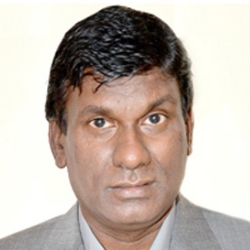Publicité
Lynn Dallaire : “We need to involve our boards more closely in key risk decisions”
Par
Partager cet article
Lynn Dallaire : “We need to involve our boards more closely in key risk decisions”

Lynn Dallaire has just joined AfrAsia Bank after a long career at the National Bank of Canada. She believes that banks need to continually invest in strengthening the risk culture since regulations emerging from the global financial crisis have triggered a wave of change in risk functions.
What has prompted your decision to join the leadership team of AfrAsia Bank as the new Chief Credit Officer?
The challenge of a profound change and the ambition to give my career a new dimension weighted heavily on my decision-making. My last 39 years at the National Bank of Canada were rich and rewarding, where I occupied various positions at key levels, but none outside Canadian borders.
I joined AfrAsia Bank at a crucial time since we focus on delivering higher returns and selectively growing our client base in the Africa-Asia corridor. It is fantastic to be part of this journey and the ongoing transformation. My new responsibilities include leading the Bank’s underwriting unit, overseeing the loan review analysis process and reinforcing the loan policies, processes and procedures to ensure that the bank’s credit quality is enhanced.
What is your view on the importance of the underwriting unit within the operational framework of the bank?
All organizations operate with varying degrees and types of risk. Risk management in banking has been transformed over the last past decade. The regulations that emerged from the global financial crisis triggered a wave of change in risk functions.
In fact, the recent McKinsey report about risk management suggests that this area will experience even more sweeping change in the next decade and encourage banks to start now with a portfolio of initiatives. Such initiatives could include digitizing the underwriting processes, using machine learning techniques and interactive risk reporting. For domestic markets, some underwriting process can be automated but for the international market, the analysis must be done on a case by case basis.
How do you manage lending risks in Africa given that the bank has had a very bad experience in Zimbabwe?
The first step is to identify the risk factors associated with each loan transaction. We have established various policies, procedures and controls to reduce or limit exposure to risks, such as interest rate, currency, liquidity, legal and operational risks within its approved risk limits.
The bank maintains a prudent approach to managing its credit risk with a rigorous assessment through its exposure management policies. For each eligible borrower, the bank applies an exposure limit that reflects the country’s risk rating and the rating is used to determine the maximum sustainable credit ceilings.
You had time to take stock of the challenges facing credit management policies at the bank. What are your comments?
What the banks’ risk functions will look like in the years to come, or what financial crises or technological changes may disrupt risk management, no one can put their figures on exactly. I believe that we need to continually invest in strengthening our risk culture and involve our boards more closely in key risk decisions.
On the more operational side, response time is always a challenge; the course is dictated by global competition. With some enhancement in the automation field, we believe that production and performance can be improved substantially.
The role of the Chief Credit Officer has evolved over time and is now more and more strategic within an organization. Do you share this opinion?
This is an integral part of the senior management team in many organizations willing to install a strong institutional credit culture. Regulatory expectations continue to rise internally and internationally, with increased emphasis on each institution’s ability to respond to the next potential crisis.
The Bank for International Settlements is always pursuing around the world monetary and financial stability, to foster international cooperation in those areas and to act as a bank for central banks. Monetary and financial stability is a prerequisite condition for sustained economic growth and prosperity.
What are your views on the banking sector in Mauritius?
When compared to other banks globally, Mauritian banks remain well regarded. Mauritius is a competitive international financial centre and has a relatively sophisticated banking sector with domestic banks and offshore banks generating strong revenues and posting solid returns.
Mauritius is rated as the best performing economy in Africa and ranked 46th out of 140 economies in the latest edition of the World Economic Forum Global Competitiveness Report 2015. The country has an impressive record of resiliency and good institutional and fiscal strength.
The main drivers of GDP growth in 2015 were “financial and insurance activities” and the financial sector is expected to continue to grow at around 5.0% if you look at the African Economic Outlook report 2016. Overall there have been immense strategic shifts in the banking industry with niche banks offering more options to consumers and a major shift to digital channels.
Publicité
Les plus récents






